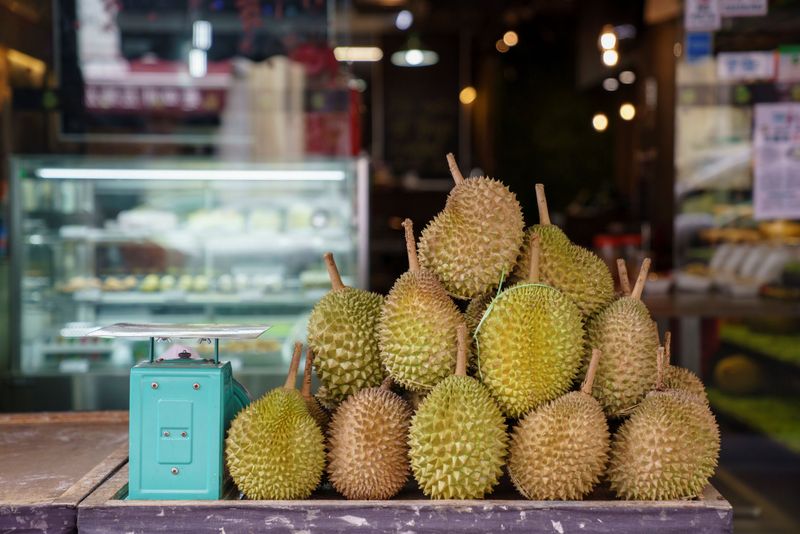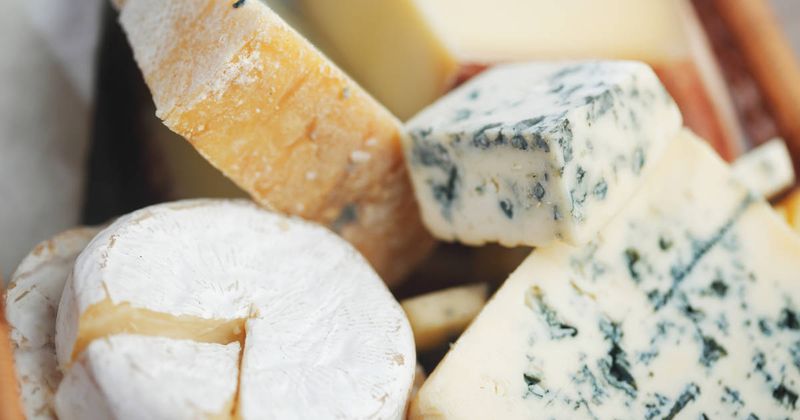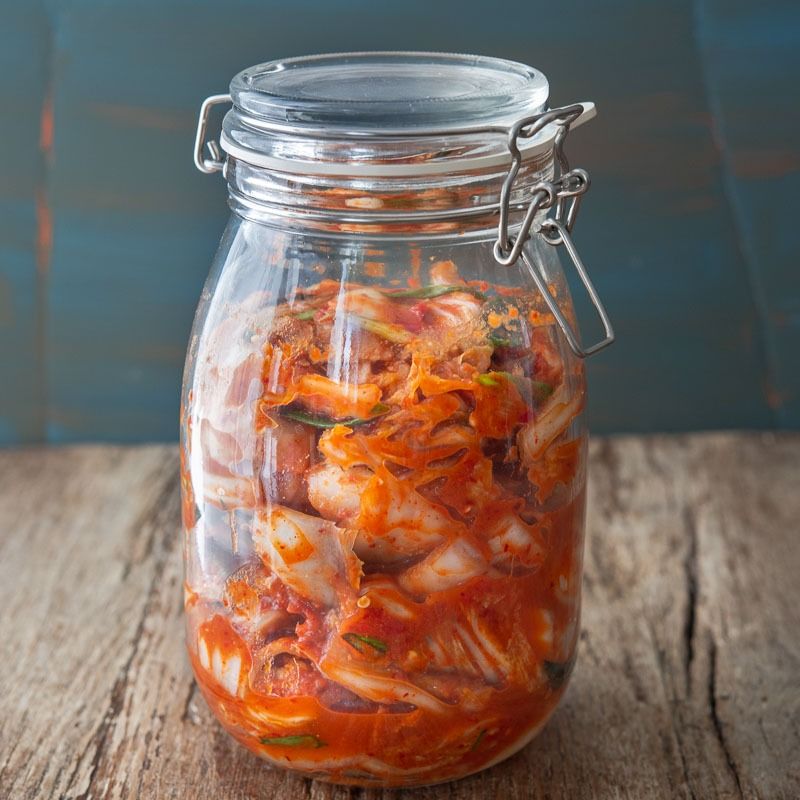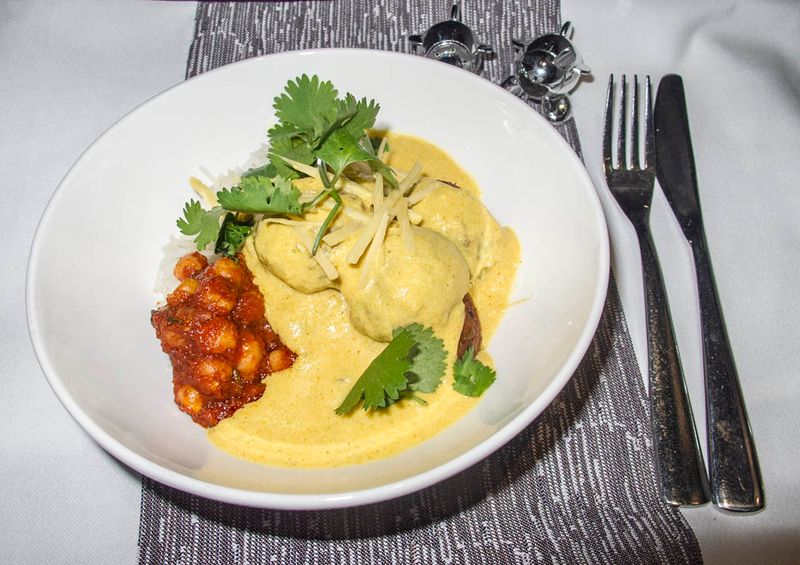15 Foods You Should Never Bring On A Plane (For Everyone’s Sake)

Let’s be honest—no one wants to be that passenger. You know, the one unwrapping a tuna sandwich mid-flight or getting stopped at security over a leaky jar of sauce. While bringing your own snacks can be a lifesaver on long flights, not all foods are airplane-friendly.
Some items can spill, stink, or even cause delays at security checkpoints. Others might seem harmless until they turn into a mess at cruising altitude. And trust me, your seatmates will remember if your lunch turns the cabin into a floating deli.
So, what should you definitely leave out of your carry-on? Here’s a list of foods better enjoyed on solid ground—plus a few smart snack swaps that’ll keep everyone happy in the sky.
1. Durian Fruit

If you’ve ever encountered durian, you know why this spiky fruit tops our list. Its smell has been compared to rotting onions mixed with turpentine, and that’s being generous.
Airlines across Asia have actually banned durian from flights because the odor can make passengers physically ill. The smell penetrates everything and lingers for hours, creating an unbearable environment in the confined space of an aircraft cabin.
Even vacuum-sealed packages can’t contain this fruit’s notorious aroma completely. Save everyone the misery and enjoy your durian before boarding or after you land.
2. Hard-Boiled Eggs

Nothing says “inconsiderate passenger” quite like cracking open hard-boiled eggs mid-flight. The sulfur compounds released create that distinctive rotten egg smell that quickly spreads throughout the cabin.
When you’re trapped in recycled air for hours, this smell becomes absolutely overwhelming. Your fellow passengers will remember you for all the wrong reasons, and flight attendants have been known to ask passengers to stop eating them.
The smell clings to fabric and hair, making everyone around you miserable. Pack some nuts or crackers instead – your reputation depends on it.
3. Tuna Fish

Opening a can of tuna on a plane is like setting off a stink bomb in a crowded elevator. The fishy aroma spreads instantly and intensifies in the dry cabin air.
Tuna’s strong smell comes from compounds that become more potent when exposed to air, and airplane cabins provide the perfect environment for maximum stench distribution. Passengers seated rows away will know exactly what you’re eating.
Flight crews often receive complaints about tuna eaters, and some airlines have started including fish products in their list of discouraged foods. Choose chicken or turkey sandwiches instead for a more pleasant journey.
4. Blue Cheese

Blue cheese might be a delicacy on the ground, but it becomes a weapon of mass destruction at cruising altitude. The mold that gives blue cheese its distinctive flavor also produces incredibly strong odors.
These aged cheeses contain compounds that smell like ammonia and rotting vegetation to many people. In the confined space of an airplane, even cheese lovers might find the smell overwhelming and nauseating.
The smell penetrates clothing and lingers long after you’ve finished eating. Consider mild cheeses like cheddar or swiss that won’t assault your neighbors’ senses during the flight.
5. Kimchi

Kimchi’s fermented funk might be heaven to Korean food lovers, but it’s torture for unsuspecting airplane passengers. This spicy fermented cabbage releases pungent gases that can clear a room.
The fermentation process creates sulfur compounds and acids that produce an incredibly strong smell. When combined with the airplane’s recycled air system, the odor becomes concentrated and inescapable for everyone aboard.
Many passengers find the smell so offensive it can trigger nausea and headaches. Save your kimchi cravings for after you land – your fellow travelers will thank you for the consideration.
6. Limburger Cheese

Limburger cheese has earned its reputation as one of the world’s smelliest foods, and airplanes amplify its notorious odor tenfold. This soft cheese develops its signature smell from bacteria that also cause foot odor.
The confined airplane environment traps and concentrates the smell, making it impossible for passengers to escape. Flight attendants have reported receiving multiple complaints when someone brings Limburger aboard.
The cheese’s ammonia-like smell can trigger headaches and nausea in sensitive passengers. Stick to milder cheese options that won’t turn your snack time into everyone else’s nightmare experience.
7. Sardines

Cracking open a tin of sardines on a plane is guaranteed to make you the most unpopular passenger in the cabin. These oily fish pack an incredibly potent punch that spreads rapidly.
The oils and compounds in sardines become more concentrated and offensive in dry airplane air. The smell clings to everything and everyone nearby, creating an unpleasant environment that lasts the entire flight.
Many airlines now specifically discourage passengers from bringing strong-smelling fish products aboard. Choose less aromatic protein sources like nuts or jerky to satisfy your hunger without offending others.
8. Garlic-Heavy Foods

While garlic makes food delicious, it transforms you into a walking stink bomb on airplanes. Garlic’s sulfur compounds linger on your breath and seep through your pores for hours.
In the close quarters of an airplane cabin, your garlic consumption affects everyone around you. The smell becomes trapped in the recycled air system and intensifies throughout the flight.
Flight attendants often receive complaints about passengers who’ve consumed excessive garlic before or during flights. Save your garlic feast for after landing when you have space to air out properly.
9. Curry Dishes

Curry’s complex blend of spices creates an aromatic explosion that can overwhelm an airplane cabin within minutes. While delicious, these dishes release oils and compounds that penetrate everything nearby.
The spices in curry contain volatile compounds that become more potent in dry airplane air. Passengers with sensitive noses or allergies may experience discomfort from the intense aromas.
The smell clings to clothing, hair, and airplane upholstery long after you’ve finished eating. Consider milder alternatives that won’t subject your fellow passengers to an involuntary aromatherapy session they didn’t sign up for.
10. Liverwurst

Liverwurst might be a beloved deli meat for some, but its distinctive organ meat aroma can clear an airplane cabin faster than turbulence. This processed liver sausage has a uniquely pungent smell.
The iron-rich liver creates metallic and gamey odors that many people find extremely off-putting. In airplane’s confined space, there’s nowhere for passengers to escape from this distinctive and lingering smell.
Flight crews have reported complaints about liverwurst’s offensive odor disrupting other passengers’ comfort. Choose regular deli meats like turkey or ham that won’t test your neighbors’ tolerance levels.
11. Pickled Foods

Pickled foods bring their own special brand of olfactory assault to airplane cabins. The vinegar and brine solutions create sharp, acidic smells that can trigger headaches and nausea.
These preserved foods release acetic acid vapors that become concentrated in recycled cabin air. The sour, pungent aroma spreads quickly and lingers throughout the flight, affecting passengers several rows away.
Many people find pickle juice smells overwhelming in confined spaces, and the acidity can worsen motion sickness. Save your pickle cravings for ground level where proper ventilation can handle the aromatic challenge.
12. Onion-Heavy Dishes

Onions might add flavor to your meal, but they’ll add misery to everyone else’s flight experience. Raw or cooked onions release sulfur compounds that create powerful, lingering odors.
These compounds not only affect your breath but also seep through your skin for hours after consumption. In airplane’s recycled air environment, your onion consumption becomes everyone’s problem.
The smell intensifies in dry cabin air and can trigger tears and discomfort in nearby passengers. Choose onion-free alternatives to keep the peace and maintain good relations with your fellow travelers.
13. Stinky Tofu

Stinky tofu lives up to its name spectacularly, especially in the confined space of an airplane cabin. This fermented delicacy produces odors that can make even adventurous eaters gag.
The fermentation process creates compounds similar to those found in rotting vegetables and sewage. While beloved in Asian cuisine, the smell becomes unbearable when trapped in airplane’s recycled air system.
Airlines serving Asian routes have received numerous complaints about passengers bringing stinky tofu aboard. Respect your fellow travelers by enjoying this acquired taste on solid ground where proper ventilation exists.
14. Fish Sauce

Fish sauce might be essential for authentic Asian cooking, but it’s absolutely forbidden territory on airplanes. This fermented fish condiment produces one of the most penetrating odors imaginable.
Made from decomposed fish, the sauce releases ammonia-like compounds that spread instantly throughout cabin air. Even tiny amounts can overwhelm passengers and trigger severe discomfort or nausea.
The smell clings to everything it touches and intensifies over time. Many airlines specifically prohibit fish sauce and similar fermented condiments to maintain passenger comfort and safety.
15. Cabbage Rolls

Cabbage rolls might remind you of grandma’s cooking, but they’ll remind your fellow passengers of something far less pleasant. Cooked cabbage releases sulfur compounds that create distinctively unpleasant odors.
When heated or reheated, cabbage produces gases similar to those found in rotten eggs. The airplane’s dry environment intensifies these smells, making them more concentrated and offensive.
The odor spreads rapidly through cabin air and can cause nausea in sensitive passengers. Choose less aromatic comfort foods that won’t turn your nostalgic meal into everyone else’s olfactory nightmare.
